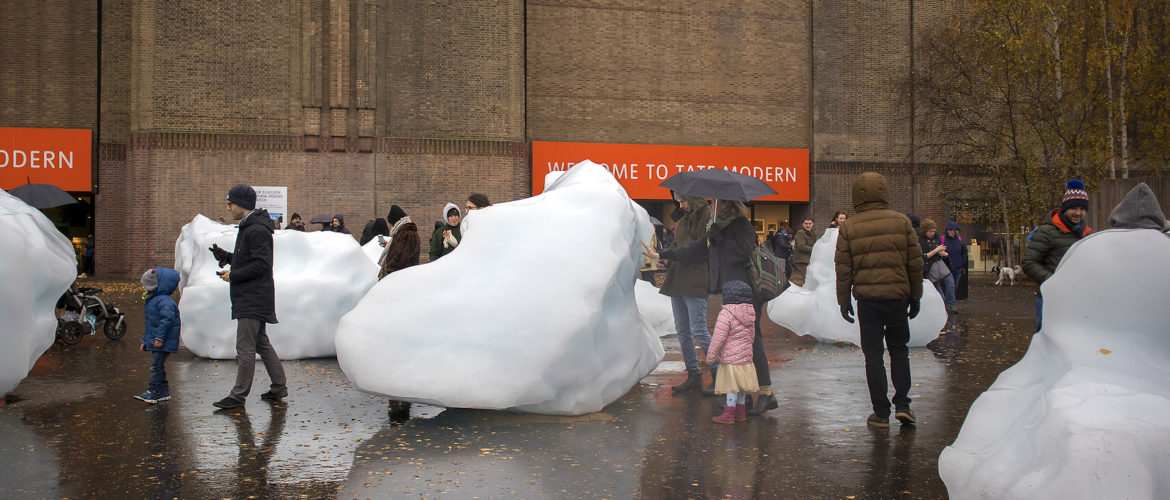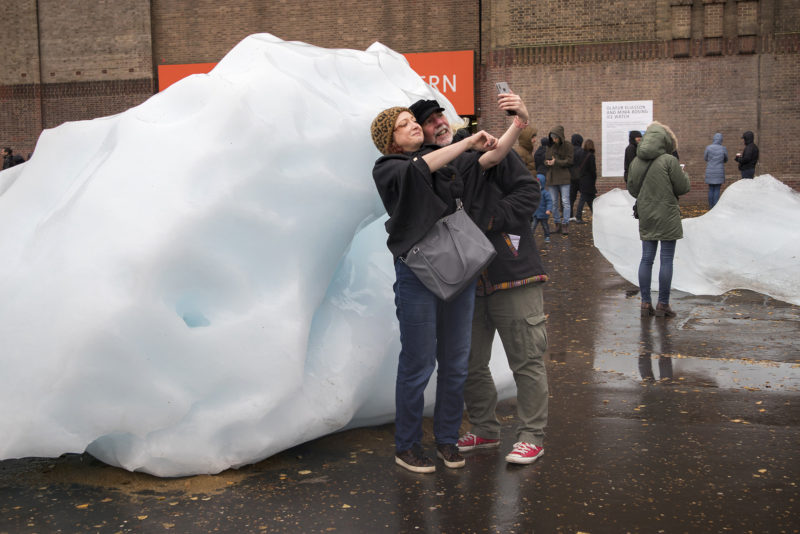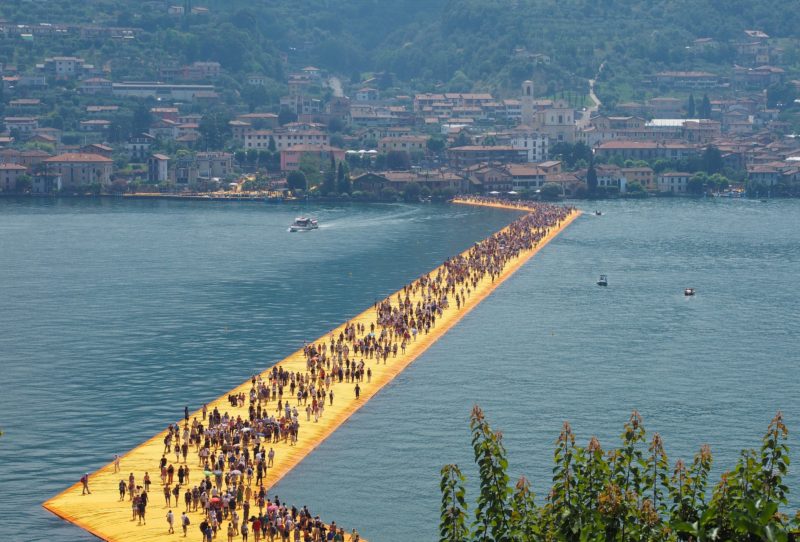Main Purposes and Notable Examples of Ephemerality in Art

In most cases, art is created with a long-term purpose in mind. Artists wish to have their art objects cherished and preserved for centuries, letting them contribute to the global cultural heritage. Some Old Masters are more than five centuries old, and many antiquities exceed a couple of millennia in terms of age. Yet, there is also some space for intentional ephemerality in art. These transient art objects are created for a short period, thus attracting the audience’s attention to the inevitability of decay and disappearance.
What Is the Purpose of Ephemeral Art?
So, why do artists resort to depictions of ephemerality in art? In most cases, they intend to challenge the traditional notions of art, which is permanent and durable. Some artists also want to highlight the impermanence of human products, including art, to invite their audiences to contemplate change and mortality. Ephemeral art may also be created for specific occasions, focusing on unique and unrepeatable experiences. In recent times, ephemeral art has also become associated with a rebellion against consumerism and fixation on material values and belongings.
Famous Examples of Ephemerality in Art
Here are a couple of well-known artworks that can help you explore the notion of ephemerality further.
#1 Ice Watch by Olafur Eliasson
The Icelandic-Danish artist Olafur Eliasson created Ice Watch by bringing huge ice blocks from Greenland and placing them in various public places to draw public attention to the pace of climate change. The artist arranged such displays for five years, from 2014 to 2019. These ice blocks were left to melt naturally, so their process of disappearance took some time, giving this installation the touch of ephemerality.
#2 The Floating Piers by Christo and Jeanne-Claude
The temporary installation called The Floating Peers was created by the artist duo Christo and Jeanne-Claude in 2016 on Lake Iseo, Italy. It consisted of a golden-yellow fabric walkway that the visitors could use to literally walk on water. The installation lasted for 16 days only, being removed afterward. The work represented a unique, short-term, and transient art experience that people could enjoy for a limited time.
#3 Love Is in the Bin by Banksy
Banksy created a unique self-destroying artwork, which would later be called Love Is in the Bin, in 2018. The painting Girl with Balloon was partially shredded right after its sale for $1.4 million at Sotheby’s auction in London. The artwork communicated Banksy’s message about the ills of art market commodification and commercialization. Besides, the very act of the painting’s destruction was part of the artwork’s purpose.
Interested in ephemeral art? You will find more about it on our blog.


